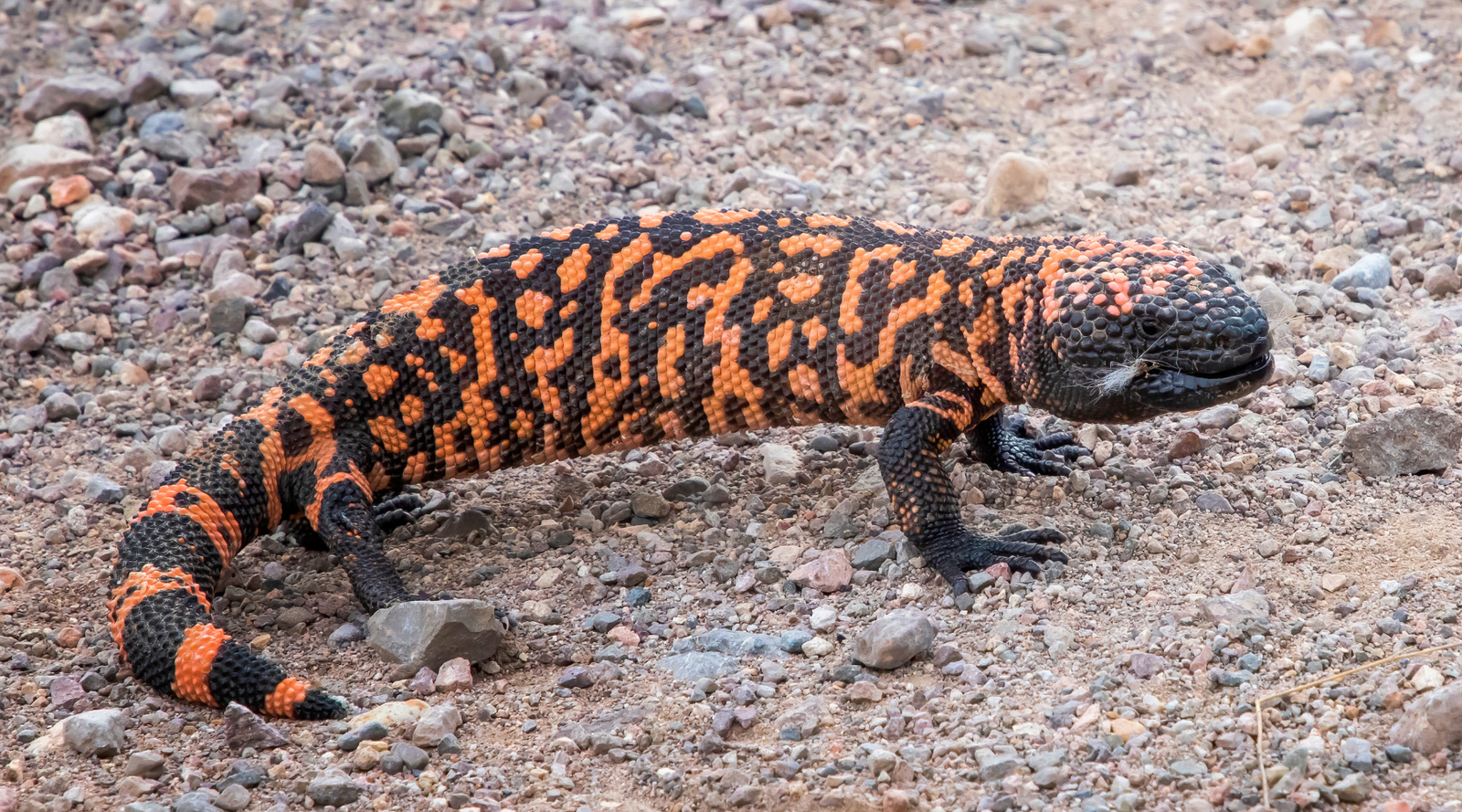How Do Polar Bears Stay Warm? Let's Get Cozy with the Facts
Imagine a world where it's always winter. It's not the "Oh, I'll just grab a sweater" type of cold, but more like “Better wear five layers, grab a heating pad and still shiver”cold. Welcome to the everyday reality of polar bears! They live in the Arctic, where temps can plummet to minus 40°F (yikes!). Yet, these cuddly-looking giants survive and thrive in the freezing tundra. How do polar bears stay warm? Let's break down the secrets behind their impressive cold-weather skills.

The Ultimate Winter Coat (Spoiler: It's More Than Just Fur)
Polar bears sport a thick, two-layer fur coat that would make any winter jacket jealous. The outer layer consists of long, water-resistant guard hairs that keep ice, snow, and water at bay. Beneath that, a dense undercoat traps warmth close to their skin, acting like a personal, fluffy furnace.
But here's where it gets even more astonishing: polar bear fur isn't actually white. Each strand of hair is transparent and hollow, like tiny tubes that trap heat from the sun. Light bounces inside the hair shafts, reflecting against each other, making the bears look white. It's like nature's best camo and a personal solar panel rolled into one!

Body Fat: The Original Puffy Jacket
Polar bears have a thick layer of blubber that can be up to 4.5 inches thick, keeping them warm even when swimming in icy waters. This blubber layer is crucial for insulation, especially during long swims or icy naps on floating sea ice. Without it, they'd lose heat faster than we can say "polar vortex." In fact, this blubber is so effective that polar bears can overheat if they run too fast or get too active, even in the cold Arctic air.
For newborn polar bears, it's another story. Baby bears are born without much fat and must snuggle up to their mom (a.k.a. their cozy heat source) for warmth. Mom's thick blubber keeps her and her cubs toasty through the bitter cold.

That Paws-itively Awesome Heat Management
Now, let's talk paws. Have you ever heard the expression "cold feet"? Polar bears don't get cold feet—thanks to some nifty biology. Polar bear paws are covered in fat and fur, helping reduce heat loss when they walk on ice. Even more remarkable, their circulatory system has a unique feature: blood vessels in their paws regulate temperature, ensuring the cold doesn't sneak into the rest of their body. It's like having mini-heaters on their feet!
Plus, their large, rough paws act like snowshoes, spreading out their weight so they don't sink into the snow. The paw pads have bumps and grooves that create traction on ice, helping them maneuver like pros, even when it's slick.

A Built-In Heat Saver: Compact Body Shape
If you've ever tried to keep a mug of coffee warm by cupping your hands around it, you'll understand why polar bears' compact bodies help keep them warm. Compared to other bear species, polar bears have a stocky, round shape with short ears and tails. This minimized surface area helps conserve body heat, preventing the Arctic wind from stealing their warmth. Think of them as the ultimate energy-efficient design!

Heat-Saving Strategies (AKA Smart Snoozing)
When it's too cold, or the weather's particularly fierce, polar bears take a page from our winter playbook and hunker down. They create cozy snow dens to shelter from the wind, staying warmer than if they were out in the open. Pregnant polar bears, however, go the extra mile and dig a maternity den, where they can stay for months, conserving energy and keeping their cubs warm and safe.
Unlike true hibernators, polar bears don’t fully hibernate. Instead, they go into an "energy-saving mode," slowing their metabolism and movements to conserve calories. It's like pressing pause on the remote during a commercial break—just a short rest to recharge until the weather improves or hunting resumes.

The Power of Polar Bear Metabolism
Polar bears have a remarkably high metabolic rate. This super-charged metabolism helps them generate heat quickly, especially when hunting or swimming. However, it comes at a cost—they need a ton of food to keep their energy levels up. For polar bears, this means a steady diet of seal blubber, which provides high-calorie fuel to sustain their body heat.
When hunting is good, polar bears stock up, eating only the fattiest parts of seals and building up reserves to last through tougher times. When food is scarce, like in summer, polar bears rely on their fat stores, letting their metabolism slow slightly but never entirely stop.

Furry Noses and Warm Breath
Finally, let's talk about the iconic polar bear nose. It may look cute, but that big snout does some serious work in the cold. Polar bears often tuck their noses under their paws to warm their breath while resting, using their body heat as a natural heater. And because their nose is packed with blood vessels, they stay warm longer, which is especially helpful for sniffing out seals through layers of snow and ice. Their keen sense of smell is legendary, allowing them to pick up a scent from miles away!

The Real Survival Pros
To stay warm, polar bears have an array of cold-weather survival strategies that make them true Arctic champions. However, their future in the Arctic is tied closely to the environment. As sea ice dwindles due to climate shifts, these majestic animals face more significant challenges in finding food and safe habitats. So, when we marvel at how they stay warm and cozy, let's also remember that our actions, big and small, affect the Arctic home they depend on.
As we bundle up this winter, we can appreciate the incredible adaptations polar bears have perfected for staying warm in one of the harshest environments on Earth. And perhaps, in our cozy way, we can learn from them to protect the spaces they call home.
















Leave a comment (all fields required)